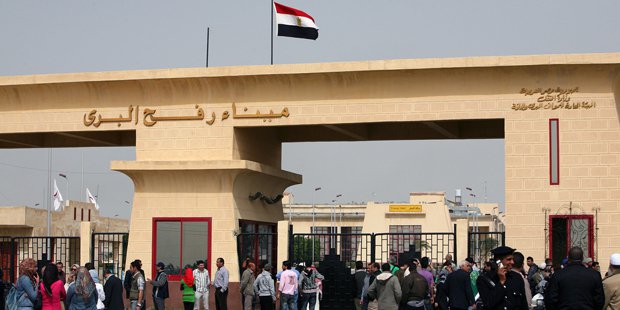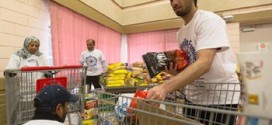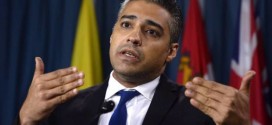
UN aid convoy reaches Gaza from Egypt border crossing
On Wednesday, a UN humanitarian aid convoy entered the Gaza Strip from Egypt for the first time since the blockade was placed on the territory in 2007.
The World Food Program (WFP) said that the convoy, which entered the Palestinian enclave through the Rafah crossing, carried food for around 150,000 and is expected to support them for five days.
The delivery of aid follows over seven weeks of the most lethal violence between Israel and Hamas in the past decade, which seems to have ended after the new long-term ceasefire reached on Tuesday.
“It is extremely important that we have access to the Gaza Strip to ensure a constant flow of humanitarian supplies to meet the growing needs of the people affected by the recent violence”, Mohamed Diab,WFP Regional Director for the Middle East, North Africa, Central Asia and East Europe, said.
The convoy was hauling 15,650 food parcels, including dates, tea, canned beans and ready-to-eat canned meat, according to a statement the UN agency gave in Geneva. It also said that 10,000 parcels will be delivered to Gaza in the next few days.
Ever since the violence began in July, the WFP has provided food ration to over 350,000 people in Gaza every day. It also said it needs approximately $70 million to continue to continue sending food to the battered enclave for three more months.
Under the deal, Israel will ease the restriction on the entry of humanitarian aid, construction materials and goods into Gaza.
Meanwhile, the EU has welcomed the ceasefire, praising the Egyptian government for its role in the deal.
“Simply returning to the situation before the latest conflict is not an option.A sustainable agreement should address all the root causes of the conflict and bring fundamental change to the situation in Gaza”, the European External Action Service (EEAS) said.
The EU said that “a durable peace can only be achieved through the resumption of the Middle East peace process, leading to a two-state solution”.
 The Arab Democrat The Latest From The Arab World
The Arab Democrat The Latest From The Arab World





